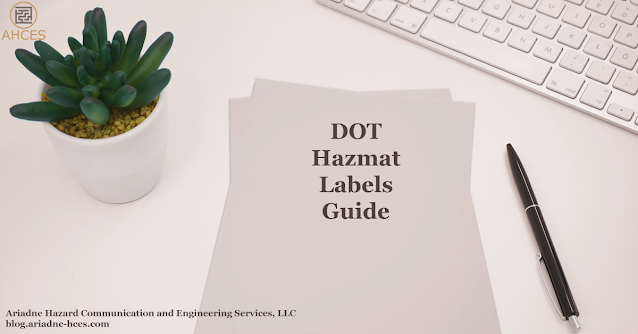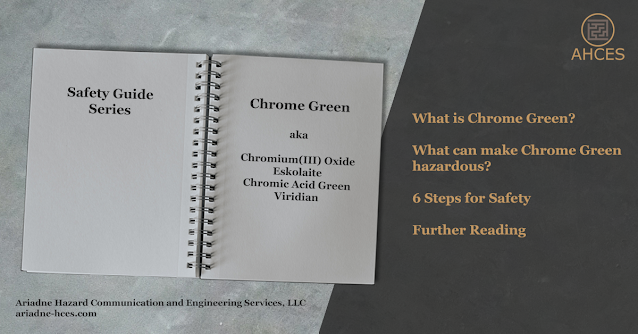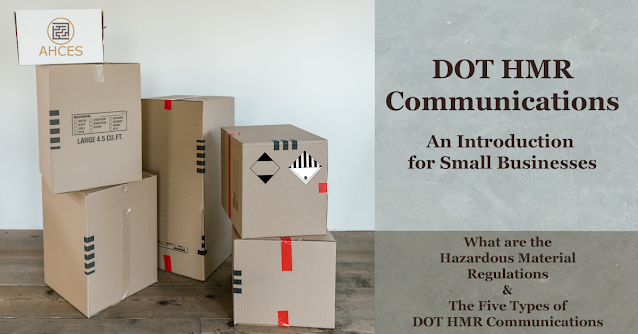DOT Hazmat Placards Guide

What is a DOT Placard? Placards are pictograms that indicate the Hazard Class or Division of the hazardous material in a package, covering both the primary hazard and any subsidiary hazards. The regulations include specific pictograms and colors for each Placard. The full text of the requirements can be found in 49 CFR Part 172 Subpart F . How is a DOT Placard Used? A placard is generally applied to bulk packages, such as a rail car or freight container. Labels are utilized for non-bulk packages, such as compressed gas cylinders and fiberboard boxes. When applying a DOT placard, it is important that it must be visible and is not covered up by any other placard or signs that get applied to the container. It is also important that any designs on the container cannot be confused with the DOT placard. Therefore, it is best that hazardous materials are shipped in plain containers with minimal designs present. If multiple DOT placards are needed, the...




